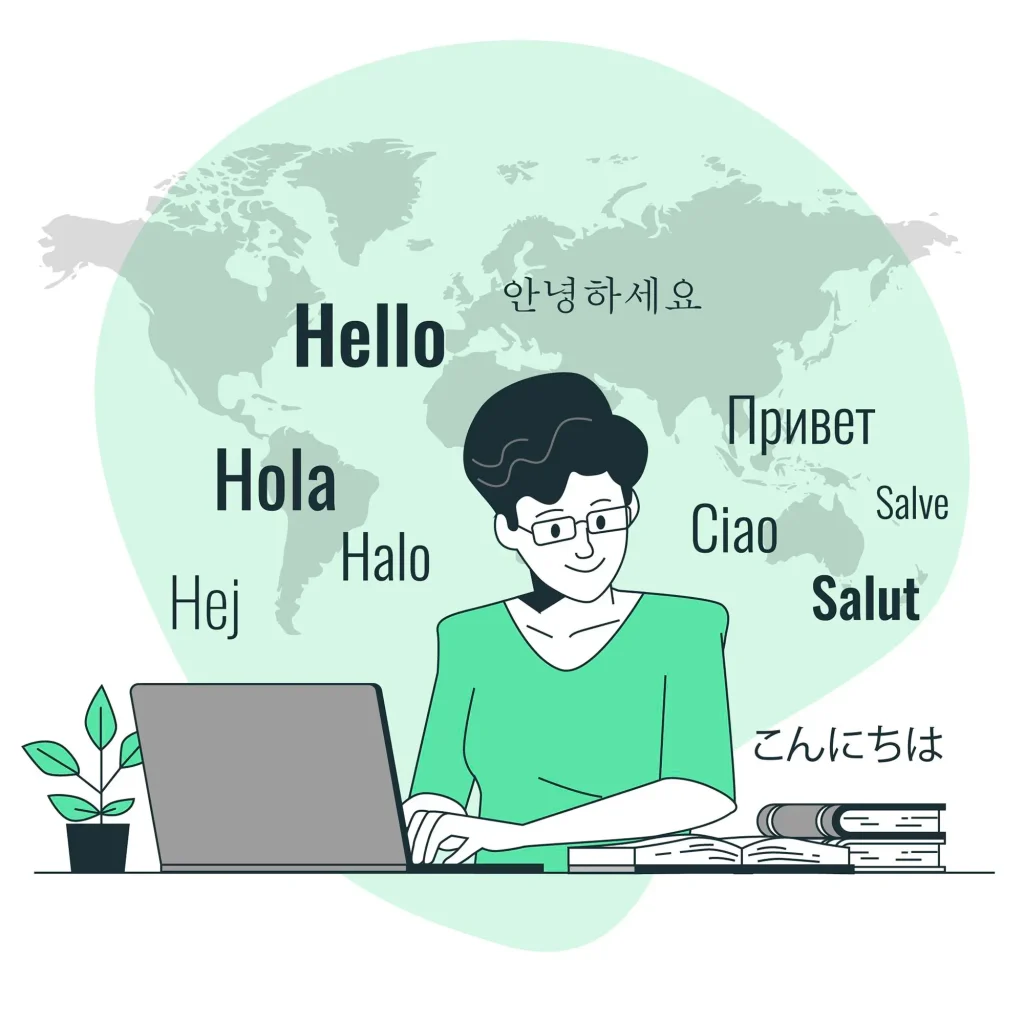Exploring Multilingual OCR: Extract Text in Any Language
In today’s globalized world, businesses and organizations deal with documents in multiple languages. Managing this diversity manually can be time-consuming and prone to errors. Multilingual OCR (Optical Character Recognition) offers a powerful solution, allowing you to extract text in languages like Chinese, Arabic, Hindi, and more with ease and accuracy.
This article explores how multilingual OCR works, its benefits, and its impact on industries like translation services, healthcare, and international business. We’ll also provide tips for selecting the right tool to meet your multilingual needs.
What is Multilingual OCR?
Multilingual OCR is a technology that recognizes and extracts text from documents in various languages. Unlike traditional OCR tools that focus on one language, multilingual OCR can handle multiple languages in the same document or identify languages automatically.
It works seamlessly with diverse scripts, including alphabets, logographic systems, and right-to-left text layouts. This makes it indispensable for global operations.

How Multilingual OCR Works
1. Language Detection
The first step is identifying the language or languages in the document. Advanced tools use algorithms to detect language patterns, character shapes, and text direction.
2. Text Recognition
The OCR software uses neural networks trained on vast datasets to recognize characters, even in complex scripts or low-quality scans.
3. Post-Processing
To refine results, many tools integrate Natural Language Processing (NLP). NLP helps correct grammar, spelling, and contextual errors, ensuring high accuracy.
Example: A multilingual OCR tool processes a document containing English, Arabic, and Hindi, accurately extracting the text while maintaining formatting.
Benefits of Multilingual OCR
1. Simplifies Global Operations
Multilingual OCR enables organizations to manage documents in various languages effortlessly. This eliminates language barriers and streamlines communication.
2. Improves Accuracy for Complex Scripts
Languages like Chinese, Arabic, and Thai have unique structures that traditional OCR struggles with. Multilingual OCR excels in recognizing these scripts, even when handwritten.
3. Saves Time and Money
Automating text extraction from images reduces the need for manual data entry and translation, cutting costs and speeding up workflows.
Industries Leveraging Multilingual OCR
1. Translation Services
Translation agencies rely on multilingual OCR to prepare documents for localization projects.
- Use Case: Extracting text from multilingual contracts, brochures, or technical manuals before translating them.
- Example: A translation firm uses OCR to digitize a bilingual user manual, saving hours of manual typing.
2. Healthcare
Hospitals and clinics serve diverse communities with multilingual documentation needs. OCR simplifies record management and improves patient care.
- Use Case: Digitizing patient intake forms in different languages.
- Example: A hospital extracts medical history from Spanish, English, and Mandarin forms, enabling multilingual staff to access critical details quickly.
3. International Business
Global companies manage contracts, invoices, and reports in multiple languages. OCR ensures seamless document processing.
- Use Case: Extracting supplier data from invoices in French, German, and Chinese.
- Example: A multinational corporation uses OCR to integrate multilingual data into their financial systems, ensuring consistency.
4. Legal and Government Sectors
Law firms and government agencies handle multilingual contracts, immigration forms, and public records. OCR streamlines workflows and ensures compliance.
- Use Case: Searching bilingual legal documents for specific clauses.
- Example: A law firm uses OCR to process contracts in English and Russian, enabling faster client consultations.
Tips for Choosing the Right Multilingual OCR Tool
1. Language Support
Ensure the tool supports all the languages you need, especially those with complex scripts like Chinese or Arabic.
2. Advanced Features
Look for tools with automatic language detection, handwriting recognition, and NLP-based error correction.
Recommended Tools:
- Google Vision AI: Excellent for multilingual text and handwriting.
- ABBYY FineReader: Advanced layout preservation for complex documents.
- Picture2Txt.com: A user-friendly web-based tool supporting multiple languages for quick and accurate extraction.
3. Test Before Buying
Always test the tool with sample documents to evaluate its accuracy and ease of use.
4. Integration Capabilities
Choose OCR tools that integrate with your existing software, such as CRMs or translation platforms, to streamline workflows.
Overcoming Challenges with Multilingual OCR
1. Low-Quality Scans
Poor-quality scans can reduce accuracy.
Solution: Use high-resolution images (300 DPI or higher) and preprocess them for better clarity.
2. Mixed-Language Documents
Documents containing multiple languages on the same page can be tricky.
Solution: Use OCR tools that support mixed-language processing and automatic detection.
3. Technical Terms
Specialized terms might not be recognized accurately.
Solution: Use tools with customizable dictionaries for industry-specific language.
Final Thoughts on Multilingual OCR
Multilingual OCR is revolutionizing how businesses and organizations manage multilingual documents. By enabling accurate, fast, and cost-effective text extraction, it has become a must-have for industries like translation, healthcare, and international business.
